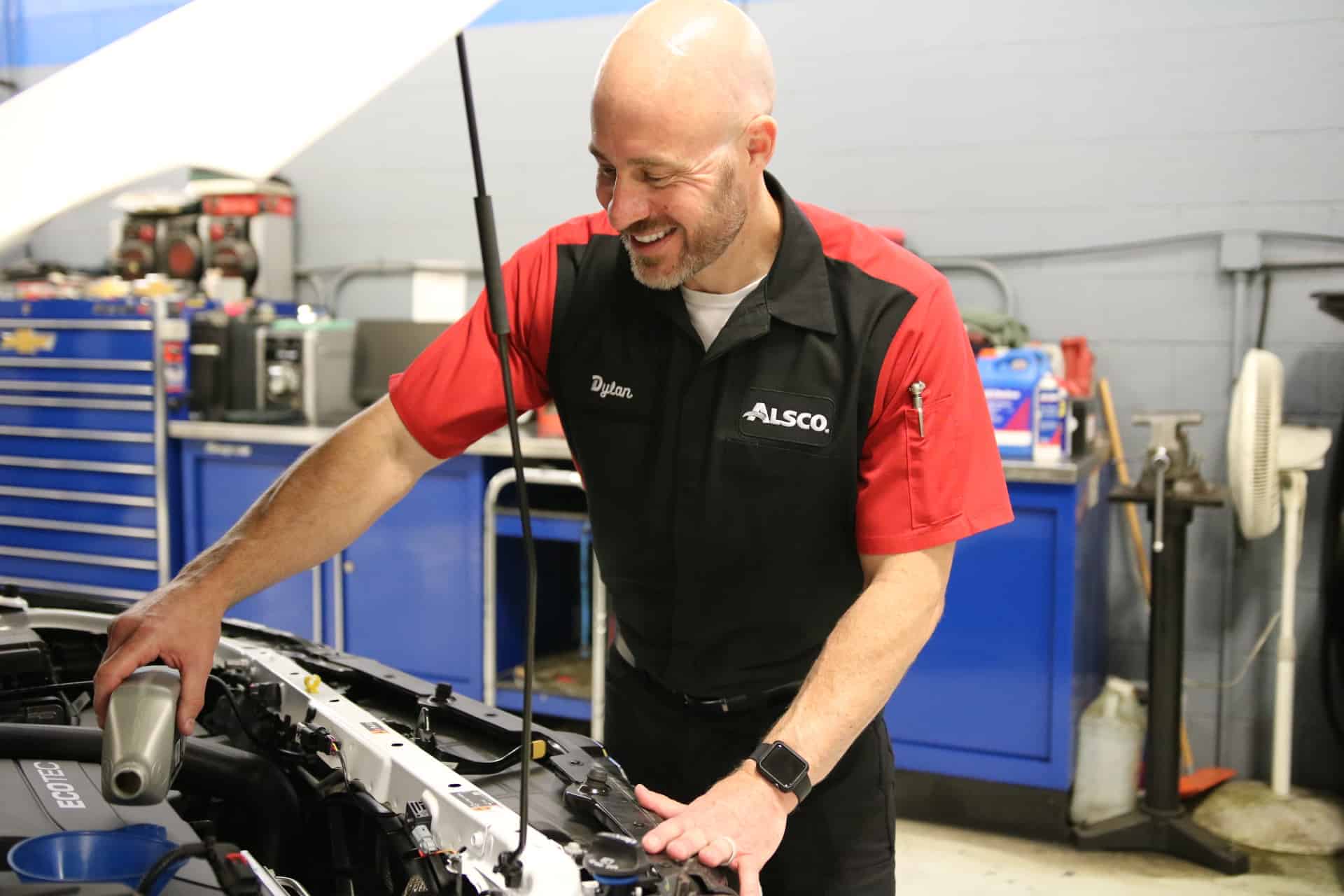
The perfect company uniform design can make a significant difference to your business, benefiting everything from your staff and customers to the brand at large. And in many industries, uniforms are a necessity for safety, sanitation or security.
Some may see designing the perfect company uniform as an enjoyable project while others may find it a mundane task. If you find yourself feeling less than enthusiastic, the good news is that work uniform design is not a one-person job; it takes a team. It’s also much easier than you may think! By breaking down the process into five steps, you’ll see how simple company uniform design can be.
Step 1: Create a Budget
There is much to consider when creating a budget for company uniforms. Your main focus should be striking the perfect balance between quality and quantity.
Ask yourself:
Will employees need multiple options? Often businesses supply employees with more than one uniform. They can all be the same design or you can choose to create multiple designs. Each option has its own benefits: Having one design is cost-effective and creates a solid branding base. Having multiple designs can give employees a larger work wardrobe and a sense of variety and individuality.
How often will uniforms need to be replaced? Depending on how physically demanding the job is, some uniforms will have to be replaced regularly because they will encounter more wear and tear. This is also something to consider if you’re in an industry where work can be a bit messy, such as automotive, food service and healthcare. Regularly replacing employee uniforms keeps employees looking professional at all times.
How often do you hire new employees? For some businesses, uniforms are communal and are stored at the workplace. But more often, uniforms are given to employees to keep. If that’s the case, you will need to take into account your employee turnover rate because it will affect the number of uniforms you’ll need.
For example, if employees will be issued three T-shirts as a part of their work uniform, that’s three additional T-shirts you will need to account for each time an employee quits or is terminated.
Step 2: Consult Your Employees
Now that your budget is set, it’s time to loop in your employees. For managers used to calling the shots, it may not seem necessary to seek employees’ opinions on uniform design, but we’d recommend it. Your employees not only will be the ones wearing the uniforms but also will be the ones who know the day-to-day demands of the job best.
Comfort Comfort is key when it comes to employee satisfaction with work uniforms. This means prioritizing high-quality fabrics, considering comfort when choosing what articles of clothing will make up the uniform, and letting your staff sample the pieces prior to making a final decision.
Durability Certain industries that have work uniforms require more physical activity than others, making mobility and durability a priority when designing your company uniforms. But, no matter what industry you’re in, your uniforms should not make it challenging for employees to do their job and they should be able to withstand the daily duties of the role.
Style Comfort and durability are the top priorities, but part of ensuring employee satisfaction is designing uniforms that they enjoy wearing, something tasteful and appropriate for all ages and genders and that represents both the company and your employees in a respectful manner.
Step 3: Get Creative
You don’t have to be a creative expert to design the perfect uniform. Although it may seem important to know the latest design trends, work uniform design relies more on knowing the brand personality, customer demographic and employee responsibilities.
Branding Knowing your brand is key to designing the perfect work uniform. When uniforms are implemented in the workplace, they become a part of the company’s brand and a large part of the overall customer experience. Branding guides everything from logo use to slogans to color scheme. Branding also can be a huge factor in determining what constitutes a uniform (e.g., T-shirts, hats or aprons).
Color Scheme Branding is also related to the color scheme of work uniforms. Often, there are brand guidelines that include a list of specific colors to be used or how the company logo should be displayed. For branding purposes, such guidelines are a priority, but something else to consider is the psychology of colors and the role it plays in advertising your brand.
Personalization If your budget allows, personalization is something that you and your team may want. For some businesses, communicating the names of employees to customers is a large part of the experience. If this is the case, think about if and how you’d like to incorporate names into the design.
Step 4: Find a Trusted Supplier
By now, you know how much you’re willing to spend, what you want in a uniform and how you want it to look. The next step is finding a supplier who can meet those needs.
Quantity & Quality Finding the best bang for your buck is always the goal. Depending on your budget, the design, and the type of uniform you want, it may seem challenging to find a supplier who can meet both your quantity and quality needs.
Reliability What ends up being more important than getting a good deal is the relationship you have with the supplier. Maybe they��’re a bit expensive, but knowing you can trust and rely on them makes the extra cost worth it. There may be times when you need to change the uniforms at the last minute, or you may need special uniforms for an event; you’ll want a supplier you can depend on.
Flexibility A good supplier should be flexible. Maybe your uniform only consists of T-shirts, making it easy to find a supplier. But life is unpredictable, and it’s important to be prepared for anything. Whether it’s business growth or a worldwide pandemic, you need to find a supplier that will meet all of your needs, even the ones you don’t know yet.
Reputation One of the easiest ways to find a trusted supplier is by asking those you trust. Your best bet is consulting with other businesses in the area, friends who are business owners or anyone you know who has been in a similar situation. If you’re unable to find someone with uniform needs similar to yours, reach out to other businesses online or through social media. You can also research suppliers on your own. To confirm their credibility, check out their social media pages and online reviews.
Step 5: Make it More Than Just a Uniform
Uniforms represent your brand and your business, so it’s vital that you communicate that to your employees. The uniform is a symbol of employment and should be worn respectfully. The uniform should make employees feel part of a family while creating team spirit and pride in being part of your business.
About Alsco Uniform Services
Alsco has been an industry pioneer since 1889. Our company is responsible for creating and shaping many of the industry standards everyone follows. We blazed the trail for the laundering and delivery of ready-to-wear uniforms, starting with aprons and then moving on to every type of workwear application imaginable. From uniform rentals to cleaning services, Alsco uniform services ensure the professional and functional clothing your workplace deserves.
